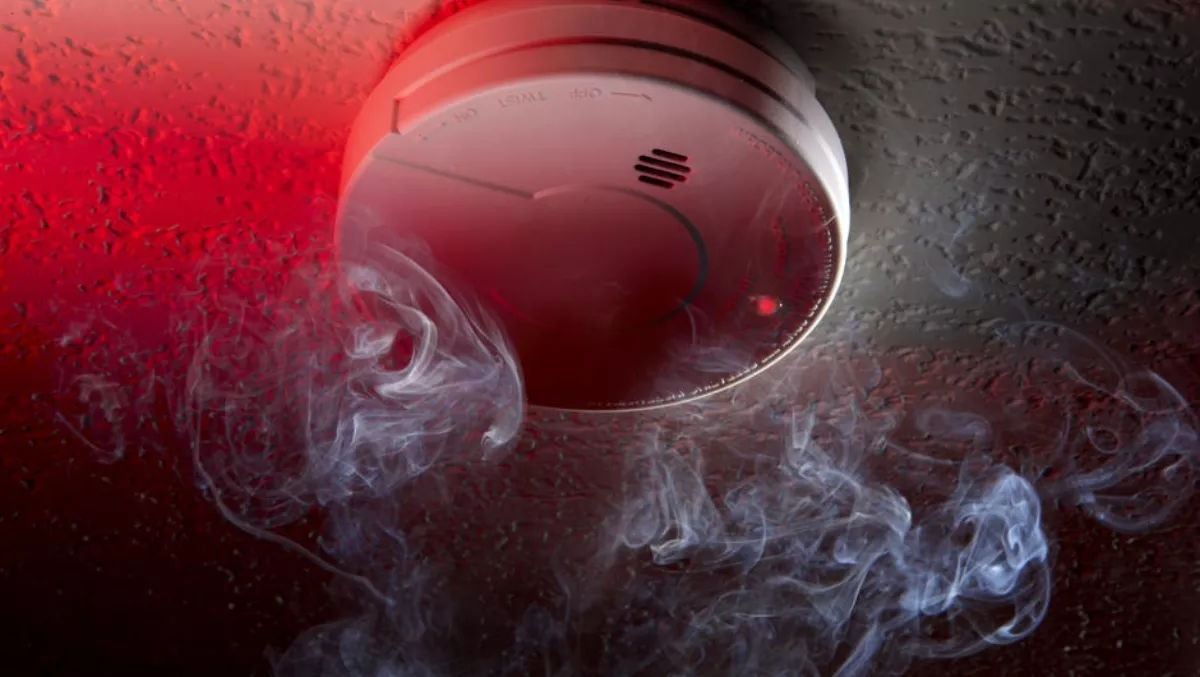
Ionisation smoke alarms not good enough, says Consumer NZ
All major DIY stores have agreed to stop selling ionisation smoke alarms following a request from Consumer NZ.
A recent Consumer NZ test of smoke alarms found ionisation-type smoke alarms performed so poorly that the watchdog called for retailers to pull them from their shelves.
The organisation is pleased to report all stores contacted about their ionisation alarms agreed to stop selling them.
Mitre10 and Hammer Hardware said they would "cease selling ionisation smoke alarms, effective immediately".
PlaceMakers said it would "exit the balance of our ionisation alarms, which we anticipate will be completed within a matter of weeks".
Bunnings Warehouse said, "Our intention is to sell through our ionisation smoke alarm stock and no longer sell that product".
Consumer NZ head of testing Dr Paul Smith welcomed the news saying, "Removing a product that doesn't perform a critical safety task effectively is a major win for New Zealand consumers.
Why not ionisation?
Ionisation alarms give much less warning of smouldering fires (such as those caused by faulty electrical wiring, curtains draped over a heater, or a hot ember igniting upholstery foam) making it less likely you can get out of your home safely.
All smoke alarms will respond to a fire, eventually.
"The difference is whether they respond to visible smoke. A smouldering fire can fill a home with deadly smoke long before it bursts into flames," says Dr Smith.
Consumer NZ testing confirmed ionisation models were great at detecting flaming fires, but not so good with visible smoke.
"The four ionisation alarms in our test were faster at detecting flaming fires (burning oil and wood) but much slower at detecting smoke from smouldering foam," Dr Smith adds.
"You can identify an ionisation alarm from a radioactive symbol somewhere on the alarm body – it may be underneath, so you might need to remove it to check.
Consumer NZ advises people not to remove working ionisation alarms - any alarm is better than no alarm.
If only ionisation alarms are fitted, you should also fit photoelectric models at least in hallways and escape routes.
Rental property landlords must ensure working smoke alarms are installed at the start of a tenancy.
Existing ionisation alarms can stay where they are, but all new smoke alarms must be photoelectric models with a long-life battery.


